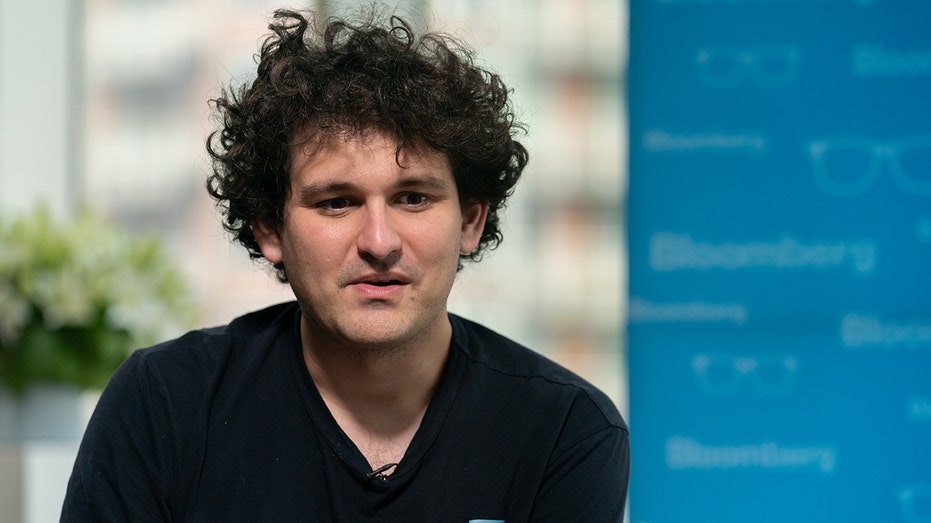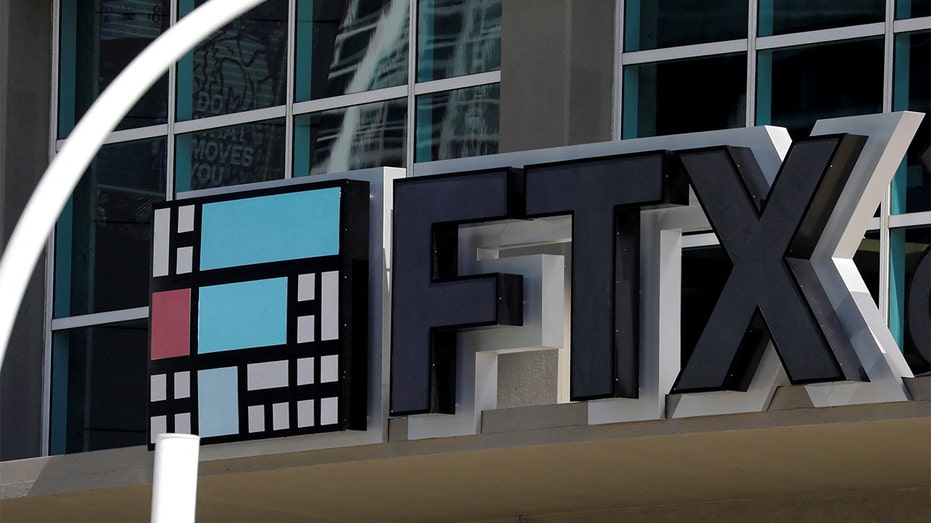"The Wolf of Wall Street" Jordan Belfort joined "Maria Bartiromo's Wall Street" to discuss the fallout from the collapse of FTX and scrutiny facing A-list celebrities and the SEC chair.
Attorneys for fallen crypto exchange FTX argued at the firm's bankruptcy hearing Tuesday that the company served as founder Sam Bankman-Fried's personal "fiefdom," reaching $40 billion in market cap as of January before crashing in recent weeks to its current valuation of around $422 million.
Those who have looked under the hood in the wake of the crash, including new FTX CEO John J. Ray III, have expressed dismay at the company's lack of basic bookkeeping and compliance protocols, sparking questions over how Bankman-Fried was able to build such an enormous, unchecked operation that bought him incredible influence and political power.

Sam Bankman-Fried, founder and chief executive officer of FTX, speaks during an interview on "Bloomberg Wealth with David Rubenstein" in New York on Aug 17, 2022. (Jeenah Moon/Bloomberg via Getty Images / Getty Images)
So, how did Bankman-Fried do it? Ben McMillan, co-founder of IDX Digital Assets, spells it out with a simple analogy:
In a hypothetical scenario, imagine someone owns every house in a 100-home neighborhood and forces the sale of one home for $1 million, then uses that sale to show they have $100 million in "equity." But then, the owner is forced to sell all the remaining 99 homes, and the houses only sell for $100,000 each – meaning $90 million of their so-called equity disappears.
FTX COLLAPSE: INSIDE SAM BANKMAN-FRIED'S LUXE $40 MILLION BAHAMAS BUNKER
But that equity never existed in the first place.
McMillan told FOX Business that is exactly what Bankman-Fried did with his FTT tokens, since he controlled the float.

The FTX logo is seen at the entrance of FTX Arena in Miami on Nov. 12, 2022. (Reuters/Marco Bello/File / Reuters Photos)
FTX, according to McMillan, would make sure and trade a small portion of FTT and other coins like Serum at a favorable-enough dollar price to create the "equity" reflected on the balance sheet. Then Bankman-Fried would borrow a lot of money against what was essentially a very large – and very fake – asset number.
That, in turn, allowed FTX and its hedge fund, Alameda Research, to artificially inflate assets.
WHY THE INVESTING PROS WERE SUCH SUCKERS FOR FTX
"This isn't new or unique to crypto, by the way," McMillan explained. "It was done by more than a few hedge funds during the 2008 crash – especially in the distressed debt space."
FTX and Alameda accelerated the scenario by using the inflated asset number to take out very real liabilities, according to McMillan. It also appears Bankman-Fried was acquiring companies and forcing them into "custody" with FTX so that he could allegedly continue the cycle using customer assets.

Alameda Research CEO Caroline Ellison via Twitter (Twitter @carolinecapital)
McMillan says a major tell was when Changpeng Zhao, founder and CEO of major crypto exchange Binance, announced Nov. 6 that his firm was selling a large amount of FTT on the open market, and Alameda CEO Caroline Ellison quickly responded by offering to buy all the tokens for $22 each.
GET FOX BUSINESS ON THE GO BY CLICKING HERE
That amount, many now speculate, was the crucial number above which FTT had to trade for FTX and Alameda to remain solvent.
"Once FTT traded down sharply on Nov. 8," McMillan notes, "the house of cards came crashing down."
Article From & Read More ( FTX: How Sam Bankman-Fried built a house of cards - Fox Business )https://ift.tt/8OMhiWx
Business
Bagikan Berita Ini














0 Response to "FTX: How Sam Bankman-Fried built a house of cards - Fox Business"
Post a Comment